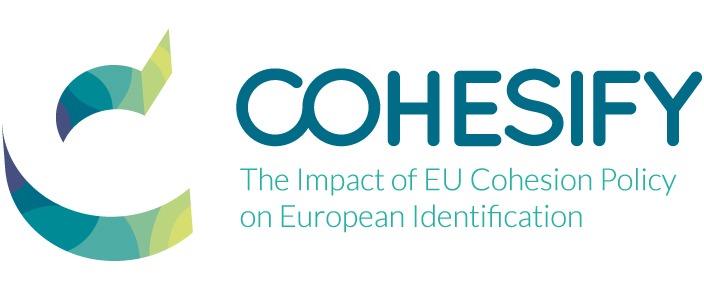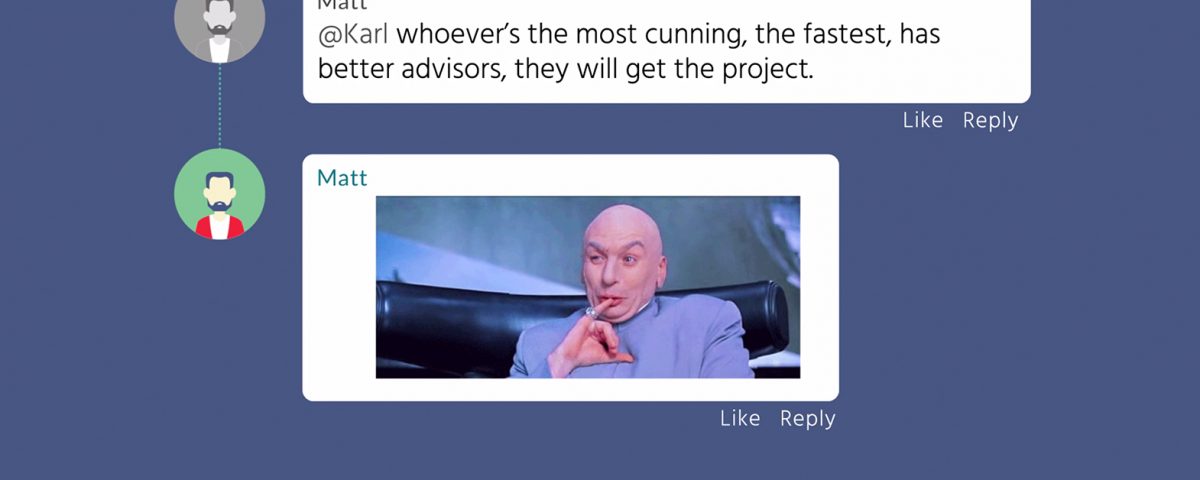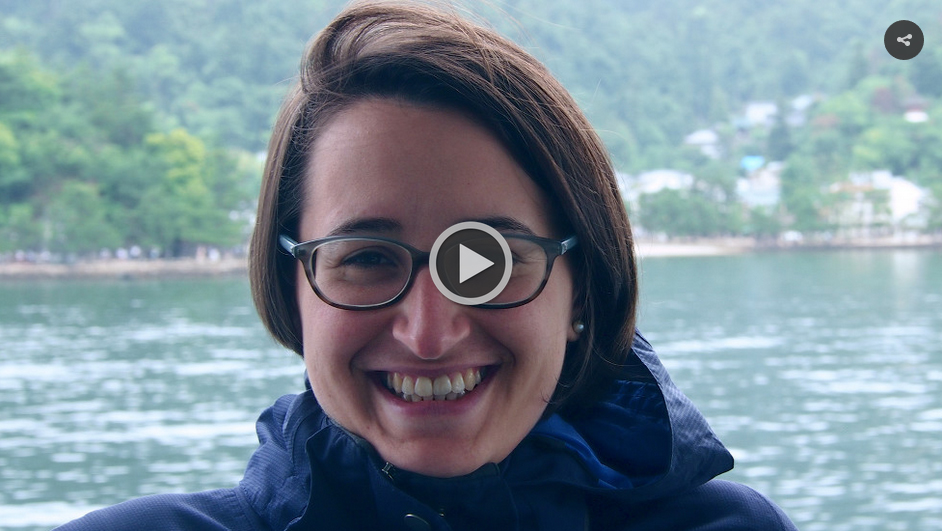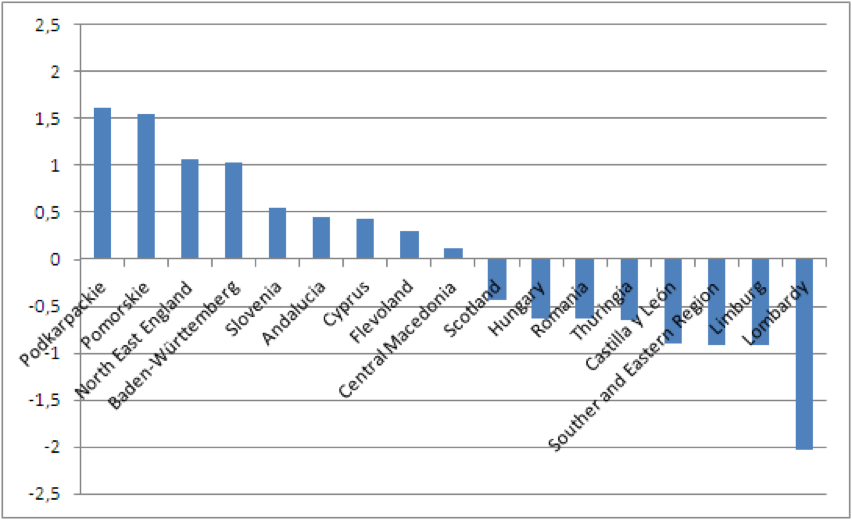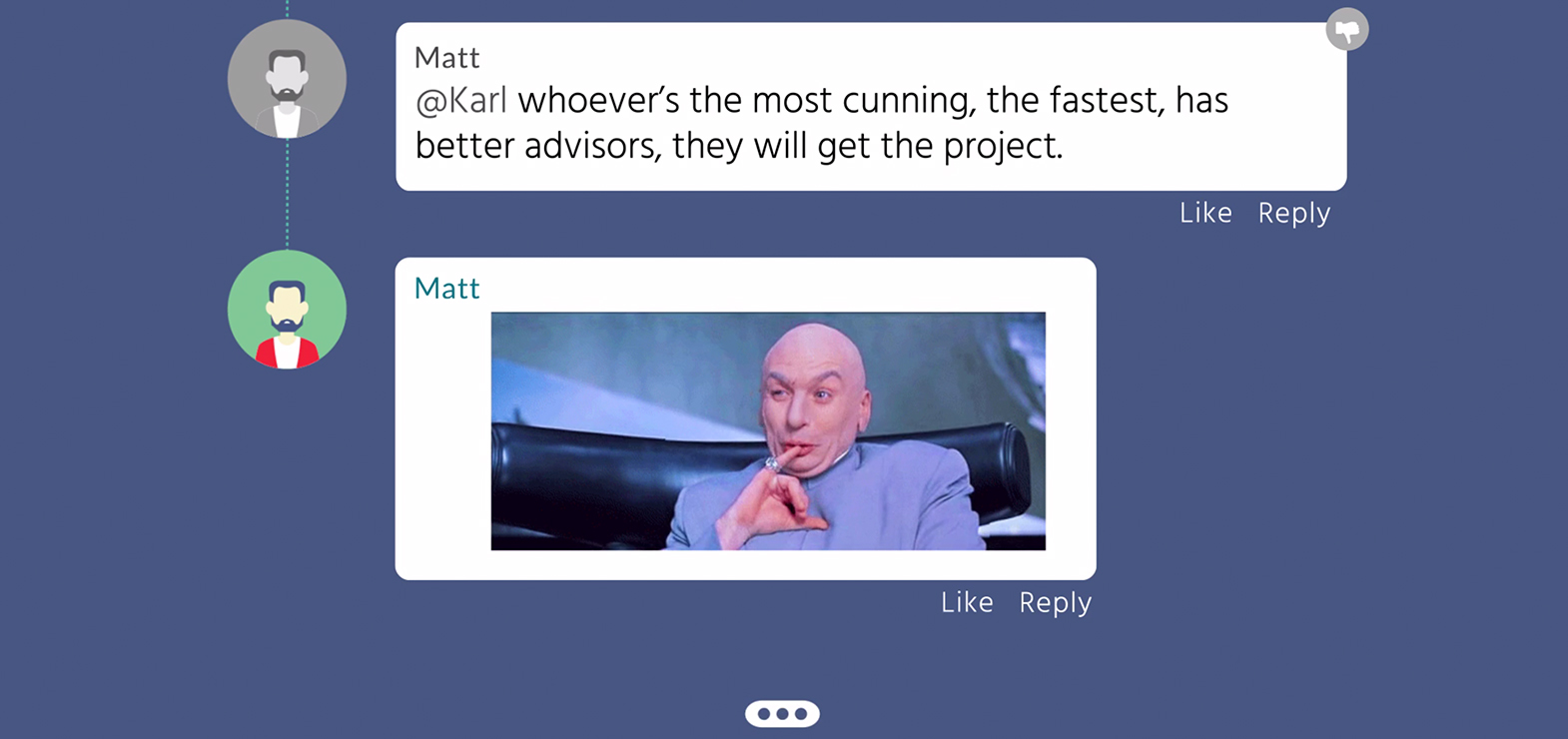
What do people think about Cohesion policy throughout different regions? This is the question COHESIFY researchers asked to dozens of individuals during focus groups held in 12 countries. The objective of COHESIFY is to assess the impact of Cohesion Policy on EU identification, and the focus groups are one of the innovations of the researchers’ methodology.
In Brussels, we all know what Cohesion policy is and are proponents of it. But is the so-called EU bubble representative of EU citizens?
The strength of the COHESIFY project is its methodology: combined ways of gathering data that has not been collected before. The focus groups (something rarely conduced in research projects) have given us access to those who are not normally asked for their opinion regarding EU policies.
COHESIFY researchers talked with EU citizens scattered all over Europe, in 17 regions. Naturally, their views cannot be treated as representative for the entire EU. They do, however, shed a different light on a topic we have a very clear view of. Additionally, it is always refreshing to hear a different opinion.
The three animations are based on quotes extracted from the discussions held during the focus groups. The raw quotes from the sessions can provide insight into public opinion and show the level (or lack) of citizens’ understanding of Cohesion policy that go beyond aggregated quantitative data reported in Eurobarometer surveys or qualitative interviews and commentary of expert stakeholders in evaluation reports or workshops.
The strength of the COHESIFY project is its methodology: combined ways of gathering data that has not been collected before. The focus groups (something rarely conduced in research projects) have given us access to those who are not normally asked for their opinion regarding EU policies.
COHESIFY researchers talked with EU citizens scattered all over Europe, in 17 regions. Naturally, their views cannot be treated as representative for the entire EU. They do, however, shed a different light on a topic we have a very clear view of. Additionally, it is always refreshing to hear a different opinion.
The three animations are based on quotes extracted from the discussions held during the focus groups. The raw quotes from the sessions can provide insight into public opinion and show the level (or lack) of citizens’ understanding of Cohesion policy that go beyond aggregated quantitative data reported in Eurobarometer surveys or qualitative interviews and commentary of expert stakeholders in evaluation reports or workshops.
Moreover, it also feeds into the current debate about fake news and the ease with which comments can be made by anybody through various media, irrespective of their veracity or the person’s knowledge of the discussion topic.
The capsules are meant to trigger emotions, such as curiosity or disagreement with incorrect statements. The videos will be used as a teaser for the final results and we hope that the snappy comments provoke a needed discussion about the efficiency of Cohesion policy communication.
You can watch the animations below.
The capsules are meant to trigger emotions, such as curiosity or disagreement with incorrect statements. The videos will be used as a teaser for the final results and we hope that the snappy comments provoke a needed discussion about the efficiency of Cohesion policy communication.
You can watch the animations below.
Anna Frankowska & Gauthier Bas
Old-Continent
